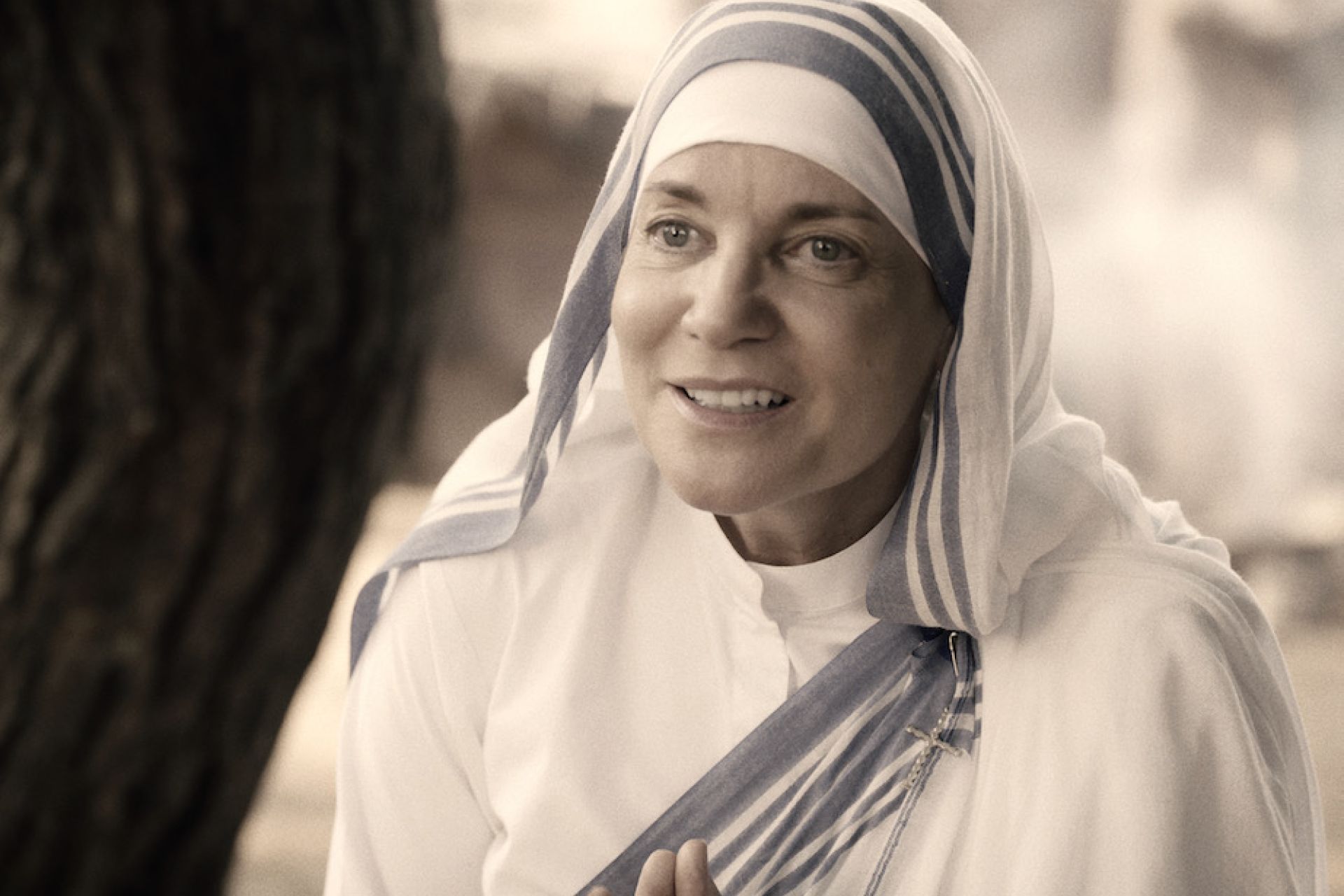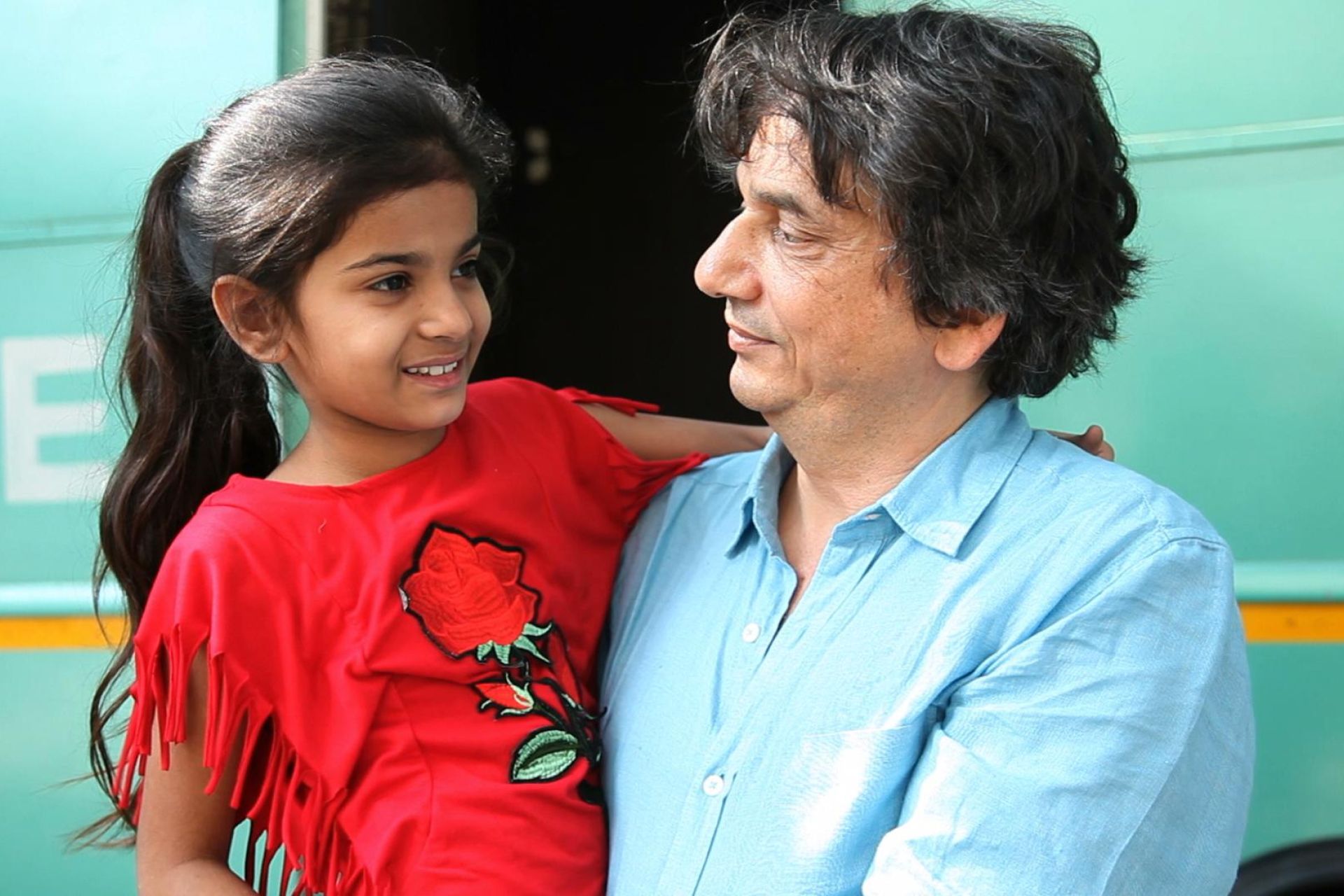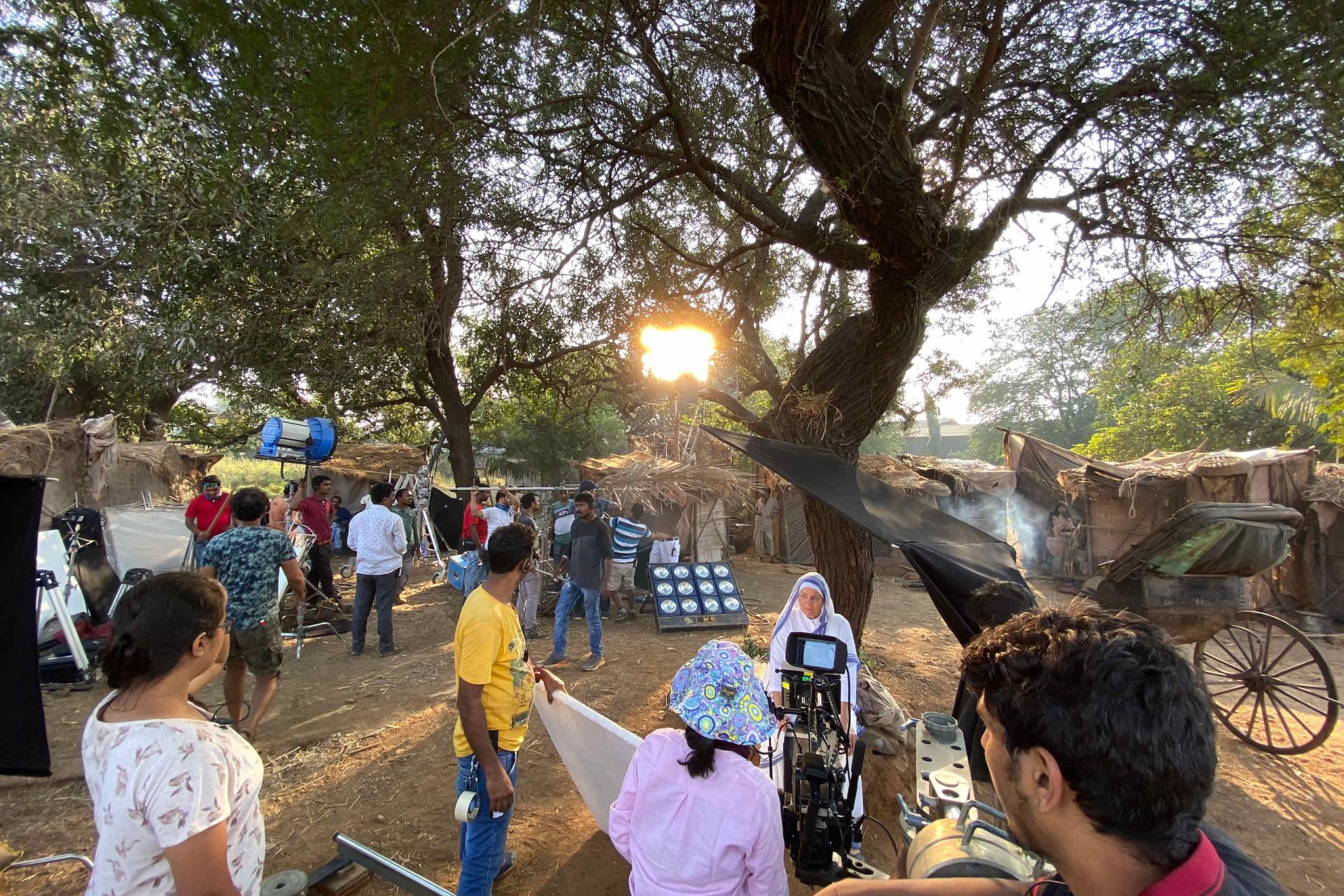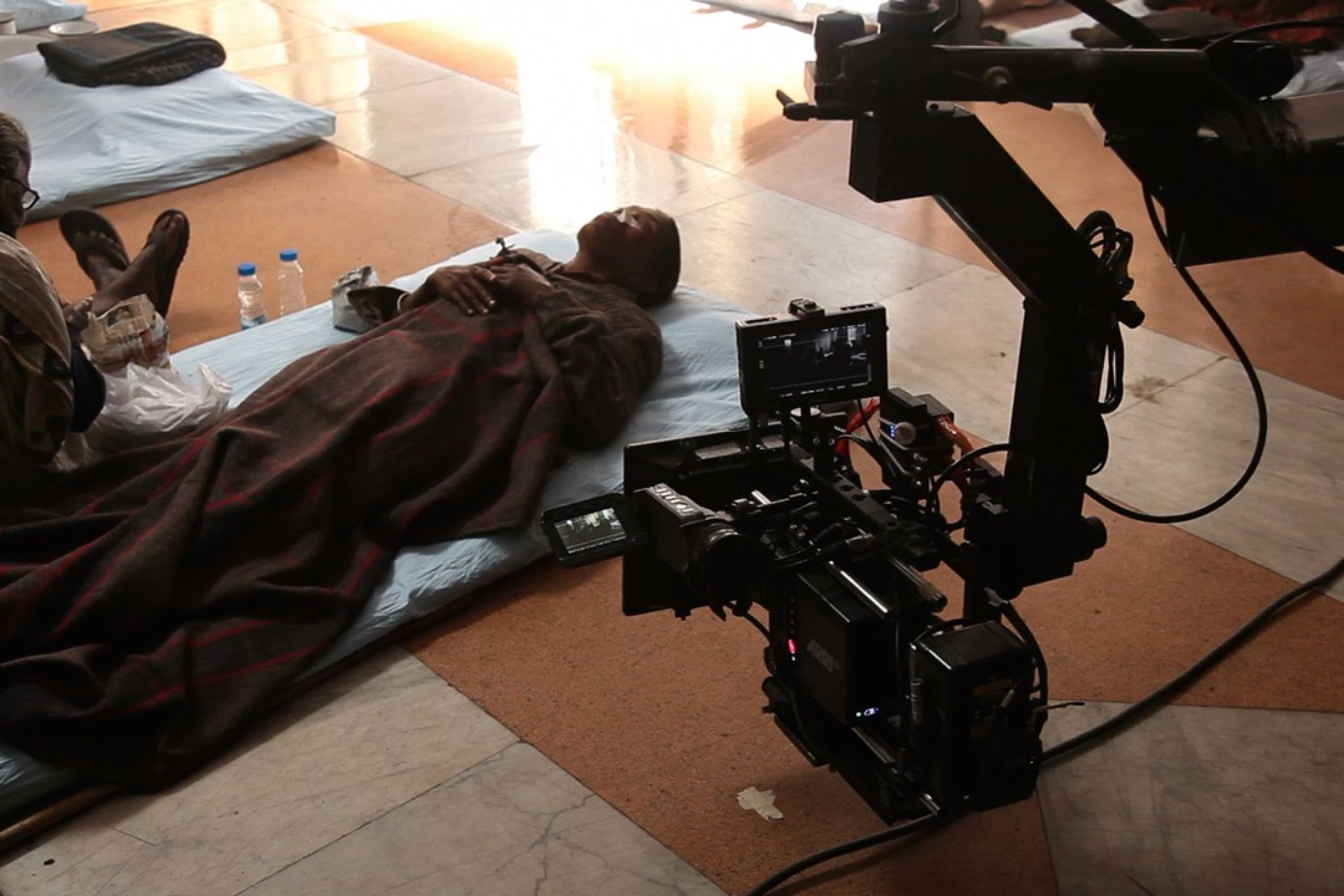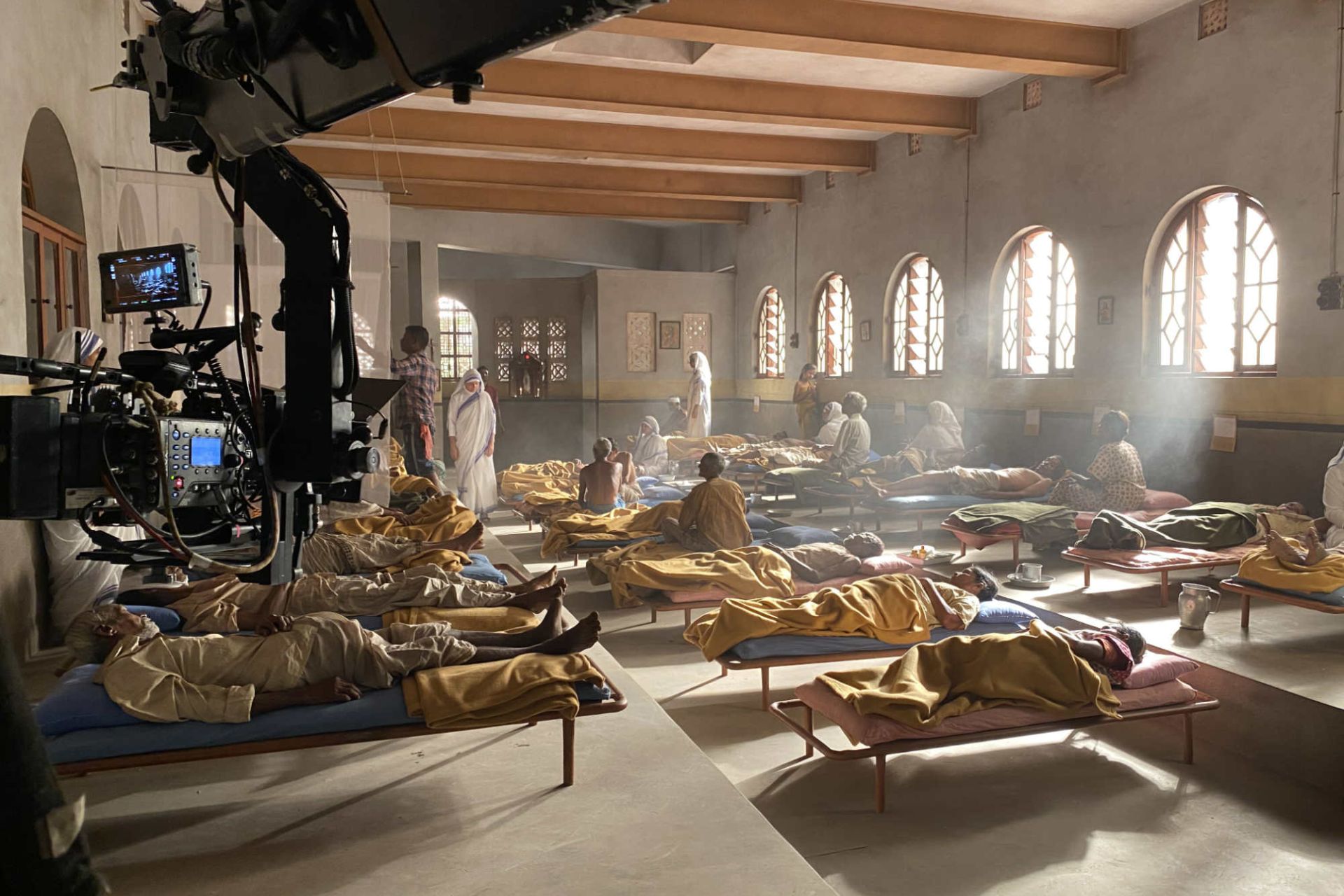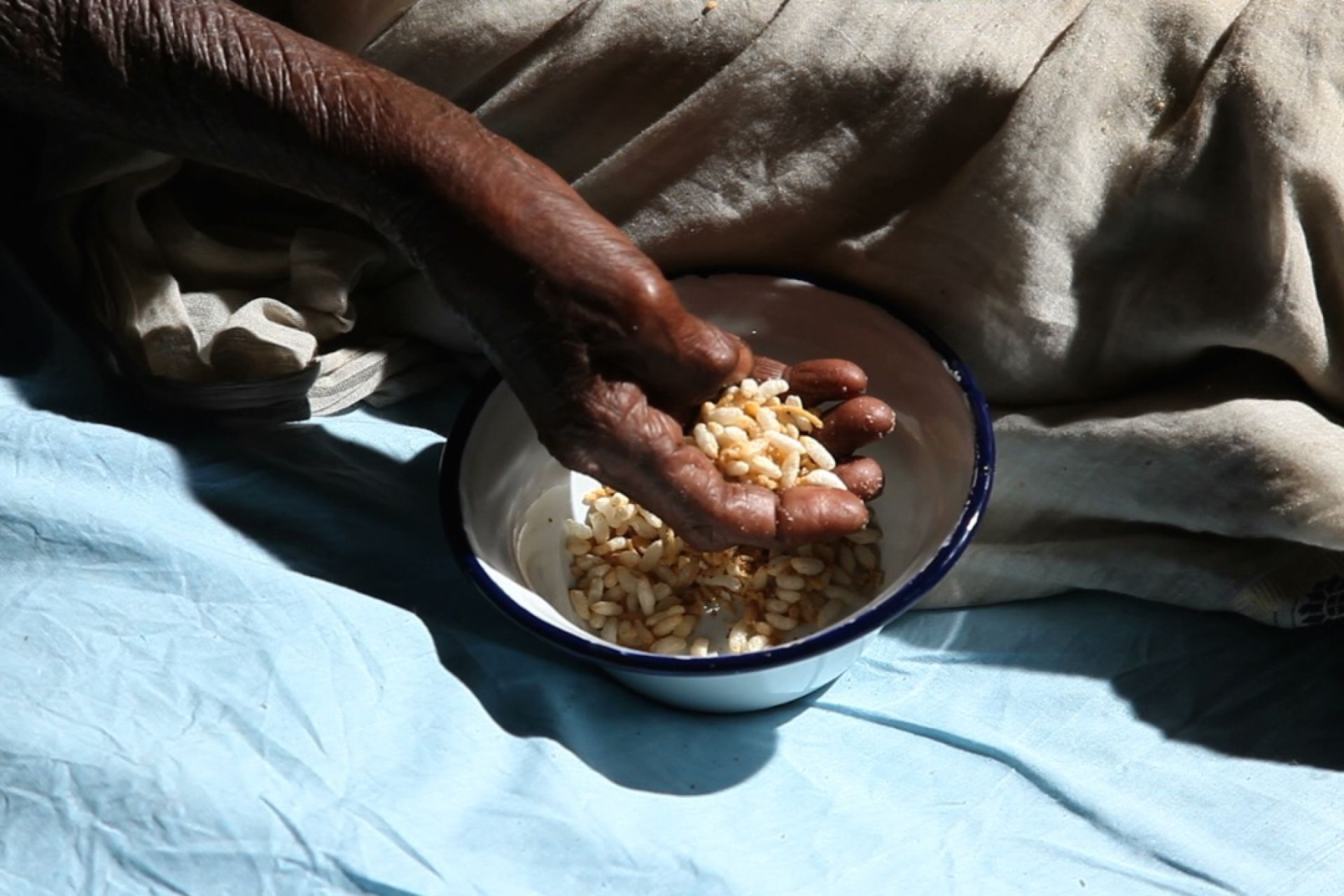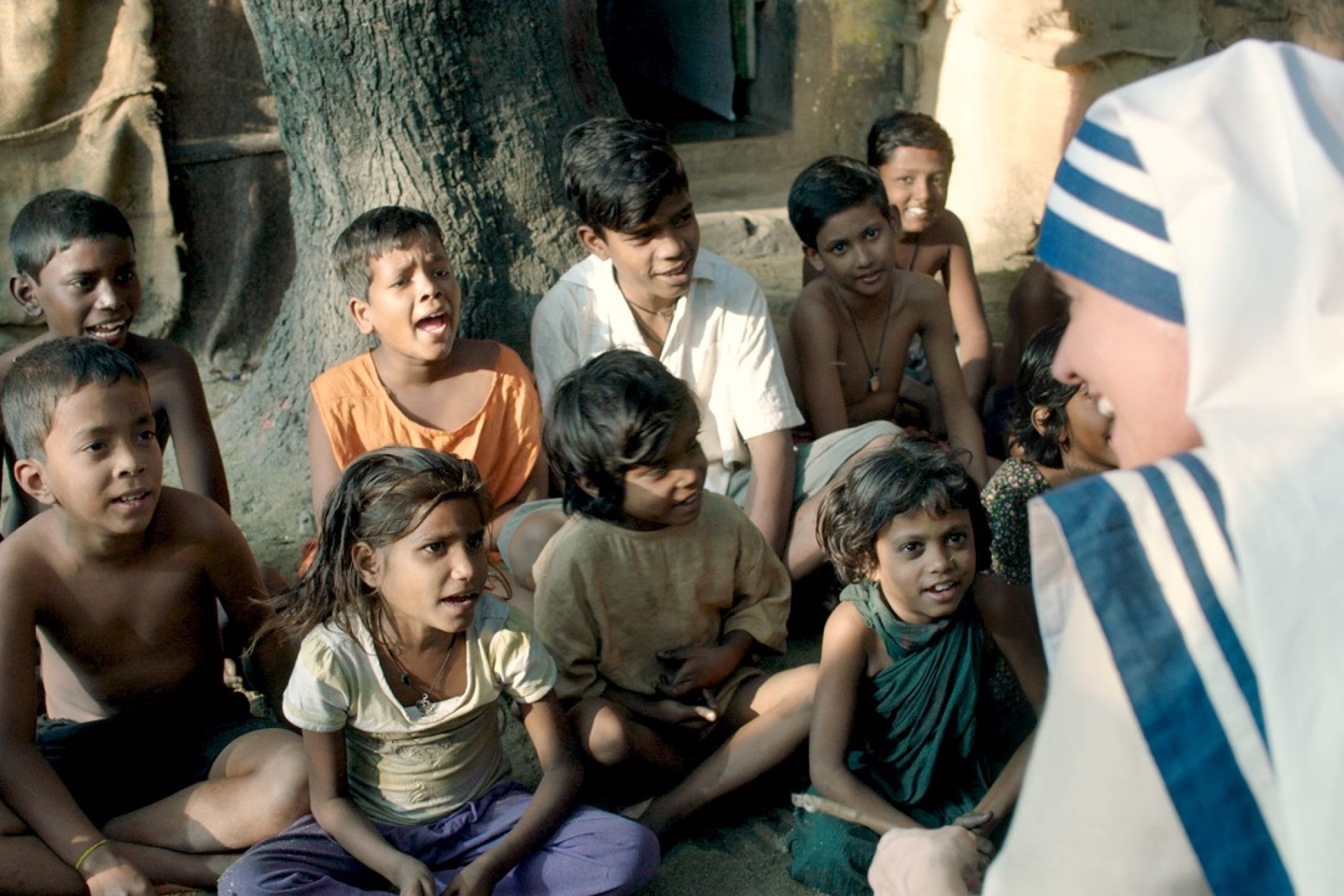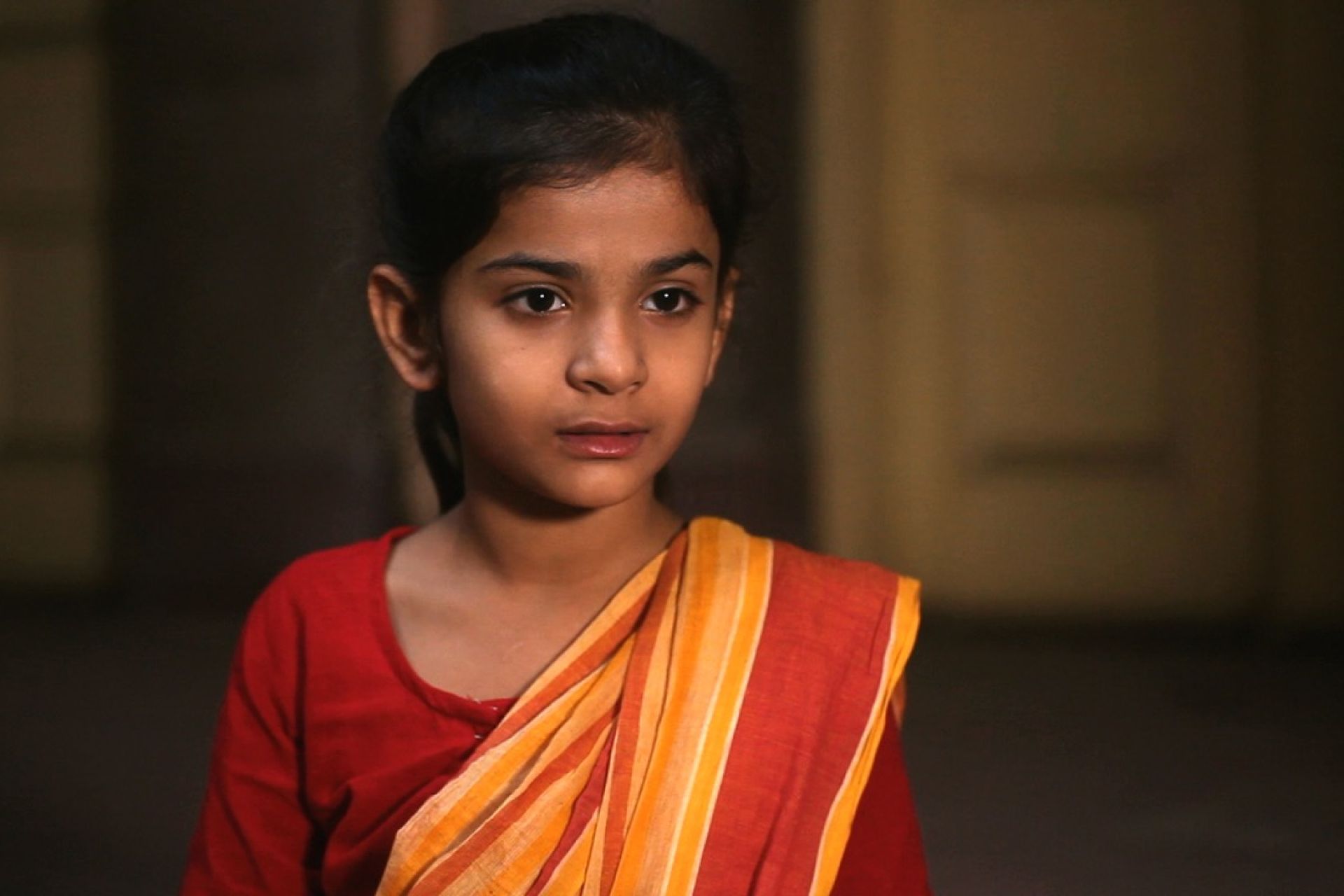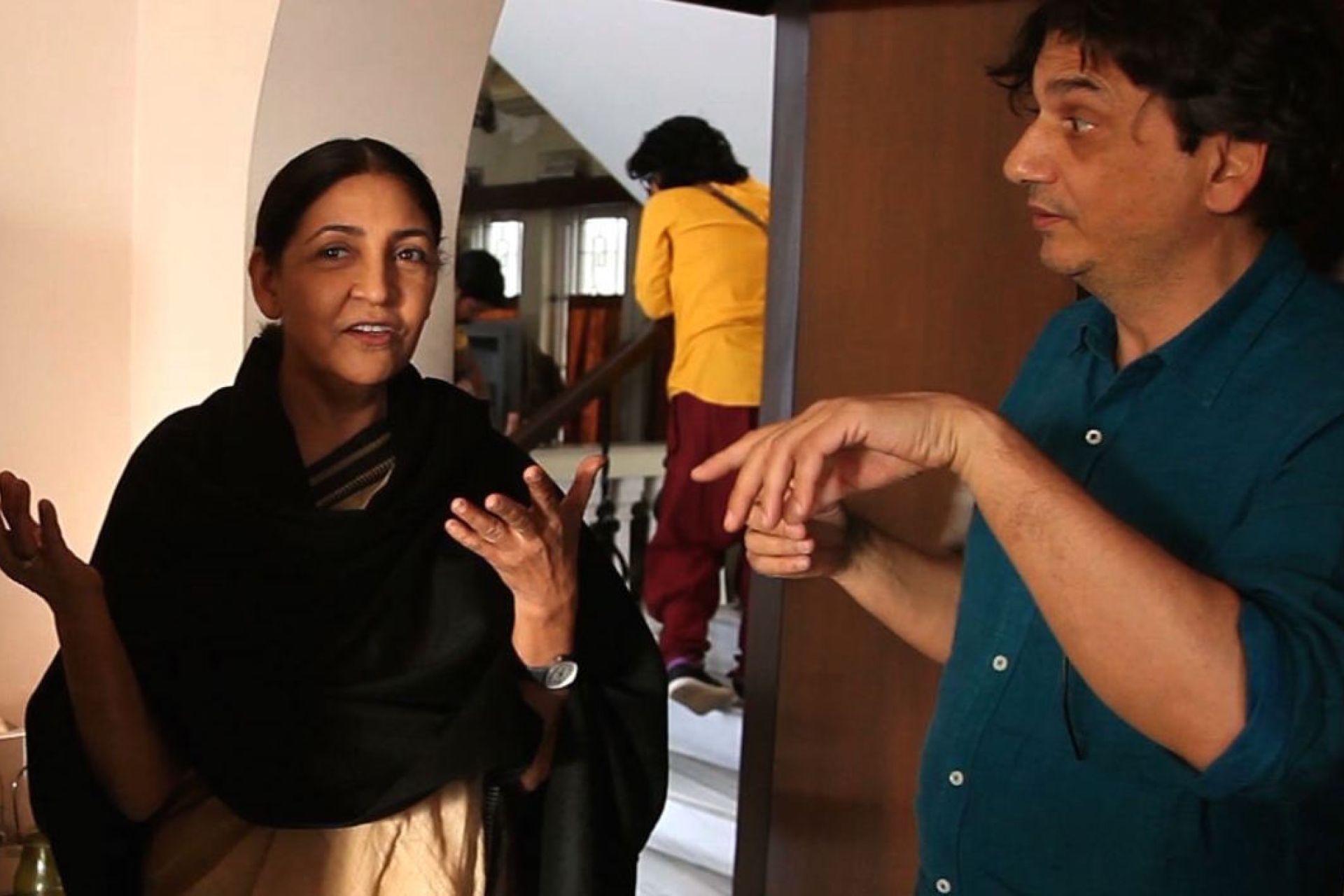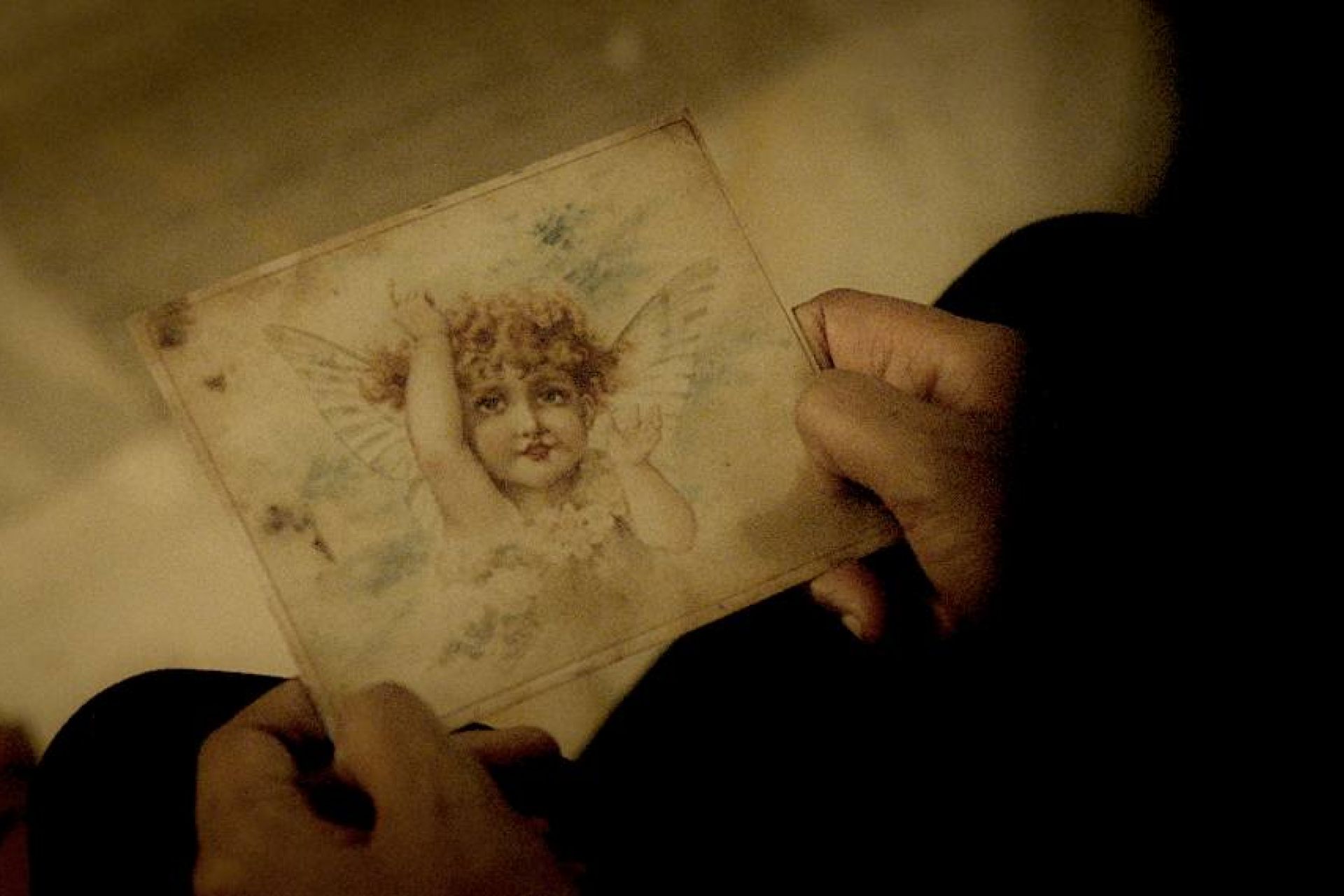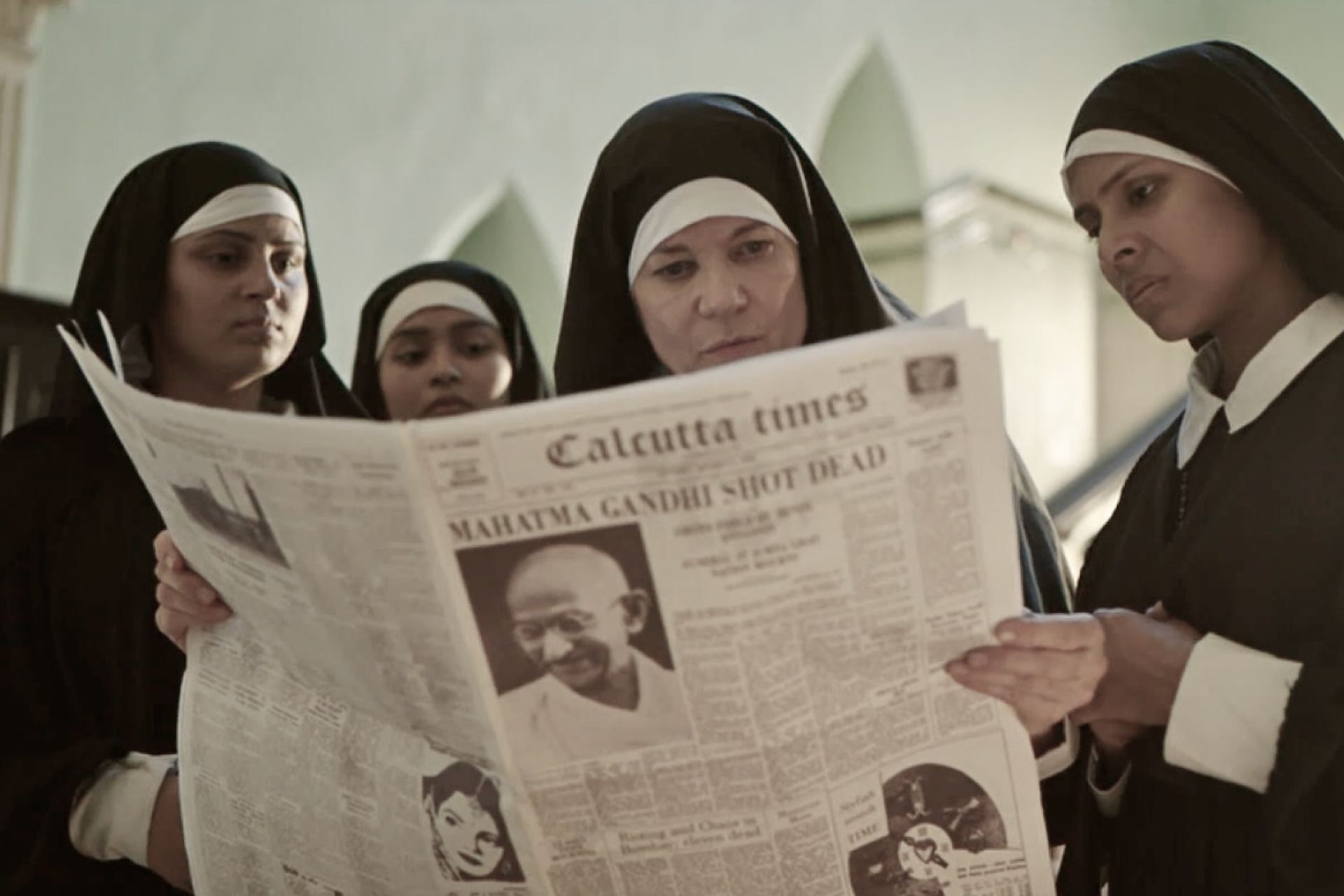Writer | Director
Kamal Musale
The Swiss-Indian filmmaker Kamal Musale obtained his degree in film direction and scriptwriting at the National Film and Television school in England. The director and screenwriter has made over 30 films – features, documentaries and short films – produced with European broadcasters, and showcased at renowned festivals like Cannes (The Three Soldiers) and Locarno (Aline, Raclette Curry), and winning numerous prices.
His Swiss company – Les Films du Lotus Sàrl – and his Indian company – Curry Western Productions Pvt Ltd – produce movies with Indian content for western taste.
Bumbai Bird, a movie he shot in Hindi, was co-produced between his Indian and Swiss companies. It won the Best Indie Film at the European Cinematography Awards 2017, and the Best Screenplay at the Indian Cine Film Festival 2017.
He co-directed Millions Can Walk with Christoph Schaub, a feature documentary about the Yan Satagraya March which saw 100’000 landless Indian farmers marching for their rights. The film has been distributed across cinemas in Europe, and won the Best Documentary Award at the Stuttgart Indian Film Festival 2014.
His recent movie Curry Western, a dark comedy about property, was shot in India and in the U.K. It won the Golden Remi for best feature film at the 52nd Annual WorldFest-Houston International Film Festival in Texas, USA and a Remi Special Jury Awards for best coproduction between Asia and Europe.
Note from the author
This story is about compassion.
Most people know of Mother Teresa’s amazing love and compassion, and the comfort she brought to the poor. But few of us heard about the pain she experienced in her private life. Including many who were closely associated with her.
If only a handful of confessors heard her about her struggle with faith, the letters she wrote to them, which have been published after her death, let us appreciate the depth and intensity of her interior life. But this fact remains largely unknown today.
Extensive research allowed me to develop the complexities of Mother Teresa, to express her inner torments, those of a woman who experienced both joys and sorrows and even her own sense of failure in that which mattered most to her: her faith in God. When she writes that she felt abandoned by Jesus, her lover, her spouse, and her intimate soul mate, we encounter a human being that we can identify with, someone who can inspire us in our own struggles in life.
To make Teresa’s example relevant today, I chose to discover her through the eyes of a modern young woman living in today’s Western society who represents a younger generation’s vibrant quest for meaning. Thus, Kavita’s character was created.
Kavita’s life parallels Teresa’s in significant ways, particularly her feeling of abandonment due to an unexpected pregnancy.
When Kavita reads the letters that confess Teresa’s crisis of faith, she is impressed by the nun’s pain and loss and eventually admires her determination. Working in the House of the Dying in Kolkata today creates her ambivalent feelings about her pregnancy. The western, educated young woman does not see any meaning in this world of misery, sickness, and death. Yet she cannot help but be impressed by how everyone does their best to survive.
When she discovers the secret of her origin, she breaks down, overwhelmed with love, a feeling she fought against all these years; she opens the door to compassion. And this emotion fills the vacuum in her life.
Kavita’s story also conveys the controversial and actual theme of abortion and how it can be a complicated and personal issue.
The poor in Kolkata is another side of the reality confronting Kavita, casting doubts about what she should do with her pregnancy.
I wanted to leave the ending open. Kavita will decide about her pregnancy; we don’t know what she will choose. But, whatever the outcome, this experience allows her to accept and love herself and opens the door for compassion. In that way, our movie has no political nor religious agenda but can help the audience to form their questions about such delicate issues.
This movie aims to touch and inspire people to love each other, regardless of origin or religion.
Production Notes
Recreating an authentic atmosphere of the 1950s in Kolkata was also a challenge.
For the casting, for instance, finding extras that looked famished was essential, as there was a famine these days. So we got a special team to hunt for thin-looking farmers in more than 20 villages near Mumbai. Our casting team prepared a selection that went through training to be ready to appear natural in front of the camera. In addition, we had to build a slum with the look of the 1950s, as today’s slums are too modern, and in Kolkata, they even look more like country villages than slums.
The House of the Dying, the Nirmal Hriday, was also built in the studio. It is a replica of the original in Kolkata that is still in use. Therefore, we could recreate an authentic atmosphere and populate it with characters and extras that look real.
The train sequence is also interesting, as it shows when Teresa hears Jesus’ voice telling her to help the poor in the slums. I needed to create the illusion of another dimension, a suspension of reality, as she entered another level of consciousness. This impression could be recreated by moving lights and sets in the studio.
All the Heads Of Departments for this production were female, which is no small feat while shooting in India, where equality between women and men is non-existent. The male crew had to learn to be directed by a team of women, which included the director of photography, the production designer, the line producer and the first assistant director. This eventually made for a great shooting atmosphere for our large crew.
This melodrama has different layers and themes: from love to abandonment, from adoption to abortion, from the belief in yourself to the capacity for compassion that it creates. I hope it will touch the audience as much as it touched me making it.

